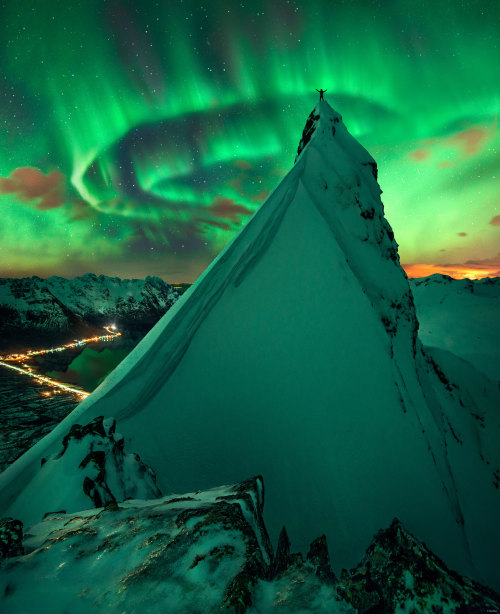Decimatethestars-blog - Cassini

More Posts from Decimatethestars-blog and Others
![Io Floating Over Jupiter With Ganymede’s Shadow [2058x2172] - For More Images Of The Cosmos Click Here](https://64.media.tumblr.com/b1ef902deff51335504b4561be5ba331/tumblr_p34c3lqaU31w094hwo1_500.png)
Io floating over Jupiter with Ganymede’s shadow [2058x2172] - For more images of the cosmos Click Here
Boston Dynamics has shown off its new version of SpotMini, but now it’s also catching us up with its bipedal Atlas bot, the most humanoid of its creations. Atlas can now jump from elevated block to elevated block, and do a complete about-face in the air. It can leap pretty high, and also do a backflip – and then celebrate its backflipping ability. –
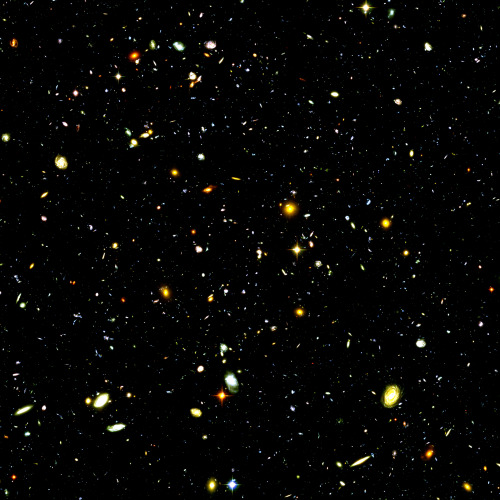
The Hubble Ultra-Deep Field is an image of a small region of space in the constellation Fornax, containing an estimated 10,000 galaxies.
Image credit: NASA/ESA/Hubble

British astronaut Tim Peake taking a selfie. That Union Flag is the first of its kind to have ever experienced the vacuum of space.
Each year we hold a Day of Remembrance. Today, Jan. 25, we pay will tribute to the crews of Apollo 1 and space shuttles Challenger and Columbia, as well as other NASA colleagues who lost their lives while furthering the cause of exploration and discovery.
#NASARemembers
Learn more about the Day of Remembrance HERE.
Make sure to follow us on Tumblr for your regular dose of space: http://nasa.tumblr.com.
Colors of Earth
When we think of our globe from a distance, we generally visualize two colors: blue and green. Water and land. Mostly water, consequently, our planet’s nickname of the blue marble.
Traveling around the globe every 90 minutes covering millions of miles with a focused lens on our beautiful planet from 250 miles above, I’ve captured many beautiful colors beyond blue and green that showcase Earth in new and interesting ways. Some colors are indicative of nature like desert sands and weather like snow. Other colors tell stories of Earth’s climate in bright splashes of yellows and greens of pollen and muted grey tones and clouded filters of pollution.
Blue and green still remain vivid and beautiful colors on Earth from the vantage point of the International Space Station, but here are some other colors that have caught my eye from my orbital perspective.

African violet

Bahamas blues

Tropical in Africa

Yellow desert

Orange in Egypt

Red surprise

Snow white
Follow my Year In Space on Twitter, Facebook and Instagram!
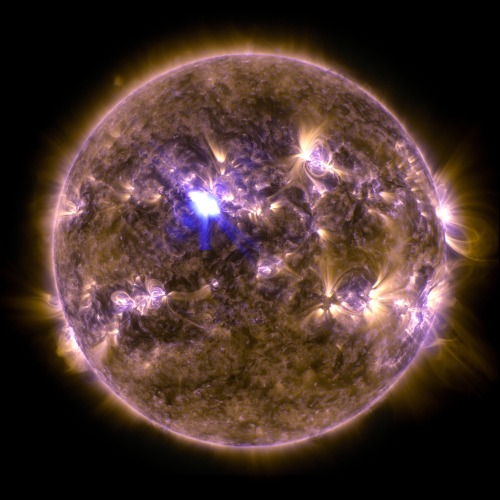

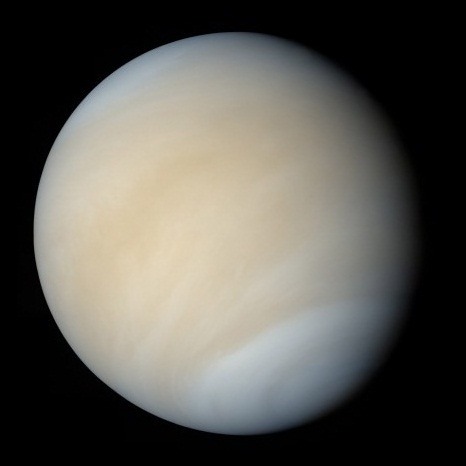
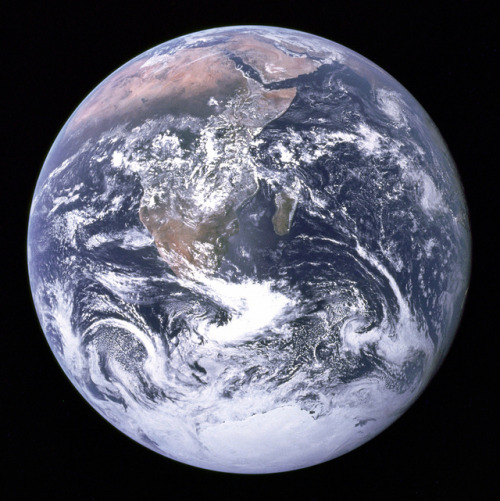
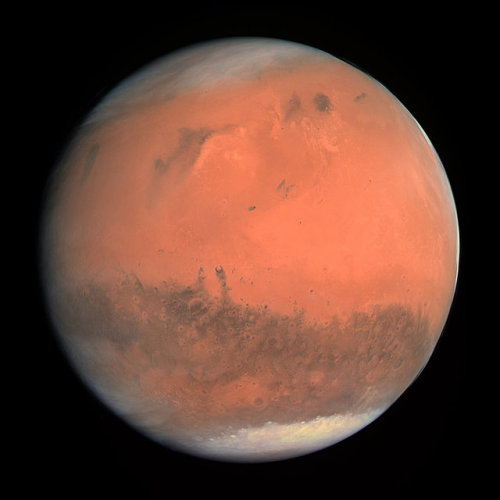
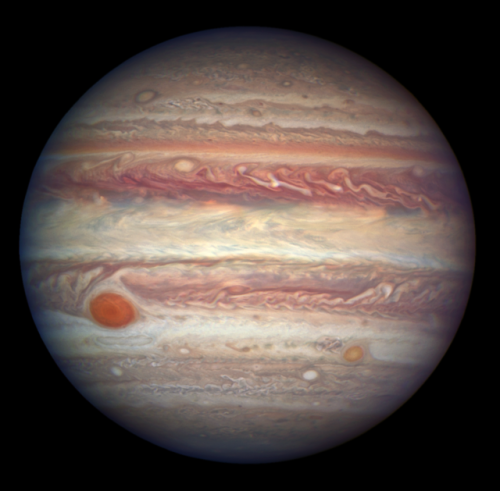

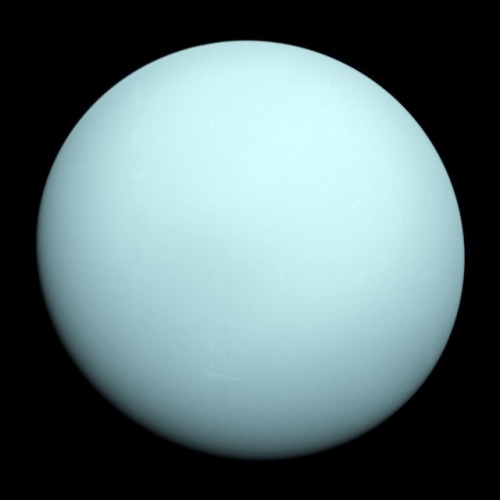
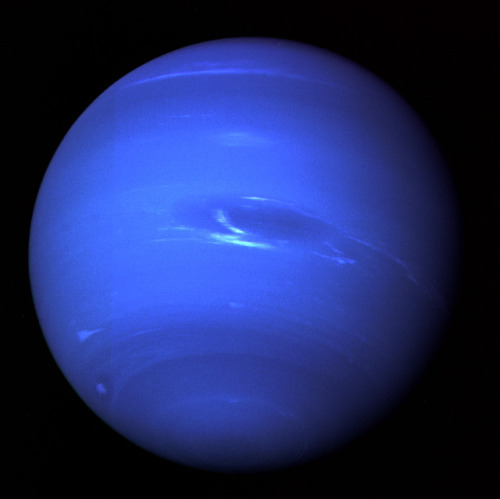
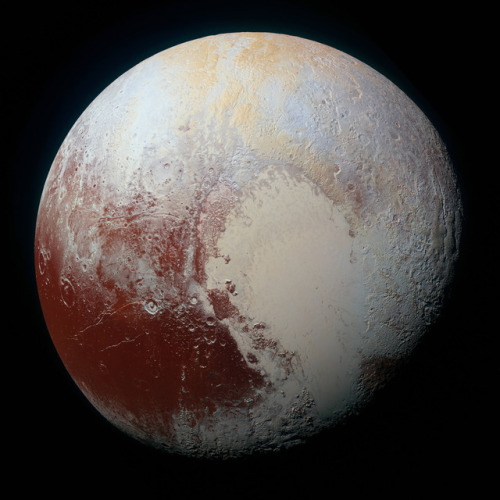
Solar system - Sun, Mercury, Venus, Earth, Mars, Jupiter, Saturn, Uranus, Neptune and Pluto
Credit: NASA, ESA, SDO, Messenger, Mariner 10, Apollo 17, Rosetta, Hubble, Cassini, Voyager 2 & New Horizons








TODAY IN HISTORY: Apollo 16 astronauts Charlie Duke and John Young train for the Moon at Kennedy Space Center in Florida, November 30, 1971.
(NASA)
-
 kilzag liked this · 3 years ago
kilzag liked this · 3 years ago -
 wakayume liked this · 4 years ago
wakayume liked this · 4 years ago -
 alonelyhouse liked this · 5 years ago
alonelyhouse liked this · 5 years ago -
 anatomiccity-nothing reblogged this · 5 years ago
anatomiccity-nothing reblogged this · 5 years ago -
 myanimeself reblogged this · 5 years ago
myanimeself reblogged this · 5 years ago -
 barbedwirechain reblogged this · 5 years ago
barbedwirechain reblogged this · 5 years ago -
 rival-lemur reblogged this · 5 years ago
rival-lemur reblogged this · 5 years ago -
 ketusbetus liked this · 5 years ago
ketusbetus liked this · 5 years ago -
 the-insidious-dr-grey-matter liked this · 5 years ago
the-insidious-dr-grey-matter liked this · 5 years ago -
 avcd-eqvcd liked this · 5 years ago
avcd-eqvcd liked this · 5 years ago -
 vlakyn liked this · 5 years ago
vlakyn liked this · 5 years ago -
 backcole reblogged this · 5 years ago
backcole reblogged this · 5 years ago -
 backcole liked this · 5 years ago
backcole liked this · 5 years ago -
 wallsandsound reblogged this · 5 years ago
wallsandsound reblogged this · 5 years ago -
 bewareofdragon reblogged this · 5 years ago
bewareofdragon reblogged this · 5 years ago -
 blitzthecomicguy reblogged this · 5 years ago
blitzthecomicguy reblogged this · 5 years ago -
 badforhealth reblogged this · 5 years ago
badforhealth reblogged this · 5 years ago -
 timespanner reblogged this · 6 years ago
timespanner reblogged this · 6 years ago -
 lothiriel84 liked this · 6 years ago
lothiriel84 liked this · 6 years ago -
 milf-abbacchio liked this · 6 years ago
milf-abbacchio liked this · 6 years ago -
 hubblehugger reblogged this · 6 years ago
hubblehugger reblogged this · 6 years ago -
 koofteh liked this · 7 years ago
koofteh liked this · 7 years ago -
 whats-up-gargarin liked this · 7 years ago
whats-up-gargarin liked this · 7 years ago -
 zrinboy reblogged this · 7 years ago
zrinboy reblogged this · 7 years ago -
 so-this-is-my-blog-i-guess liked this · 7 years ago
so-this-is-my-blog-i-guess liked this · 7 years ago -
 tropiezoeneltrapecio liked this · 7 years ago
tropiezoeneltrapecio liked this · 7 years ago -
 gotankgo reblogged this · 7 years ago
gotankgo reblogged this · 7 years ago -
 word--pervert reblogged this · 7 years ago
word--pervert reblogged this · 7 years ago -
 goldkirk liked this · 7 years ago
goldkirk liked this · 7 years ago -
 kesziekte liked this · 7 years ago
kesziekte liked this · 7 years ago -
 localhoneybuzzard liked this · 7 years ago
localhoneybuzzard liked this · 7 years ago -
 savethepupfish reblogged this · 7 years ago
savethepupfish reblogged this · 7 years ago -
 batrock reblogged this · 7 years ago
batrock reblogged this · 7 years ago -
 andykaufmanisnotdead reblogged this · 7 years ago
andykaufmanisnotdead reblogged this · 7 years ago -
 power-chords liked this · 7 years ago
power-chords liked this · 7 years ago -
 masergalaxy reblogged this · 7 years ago
masergalaxy reblogged this · 7 years ago -
 vorj liked this · 7 years ago
vorj liked this · 7 years ago -
 anancesyndicate-blog liked this · 7 years ago
anancesyndicate-blog liked this · 7 years ago
eleon / 18 / they. aspiring astronaut. lover of biology and space.
25 posts
